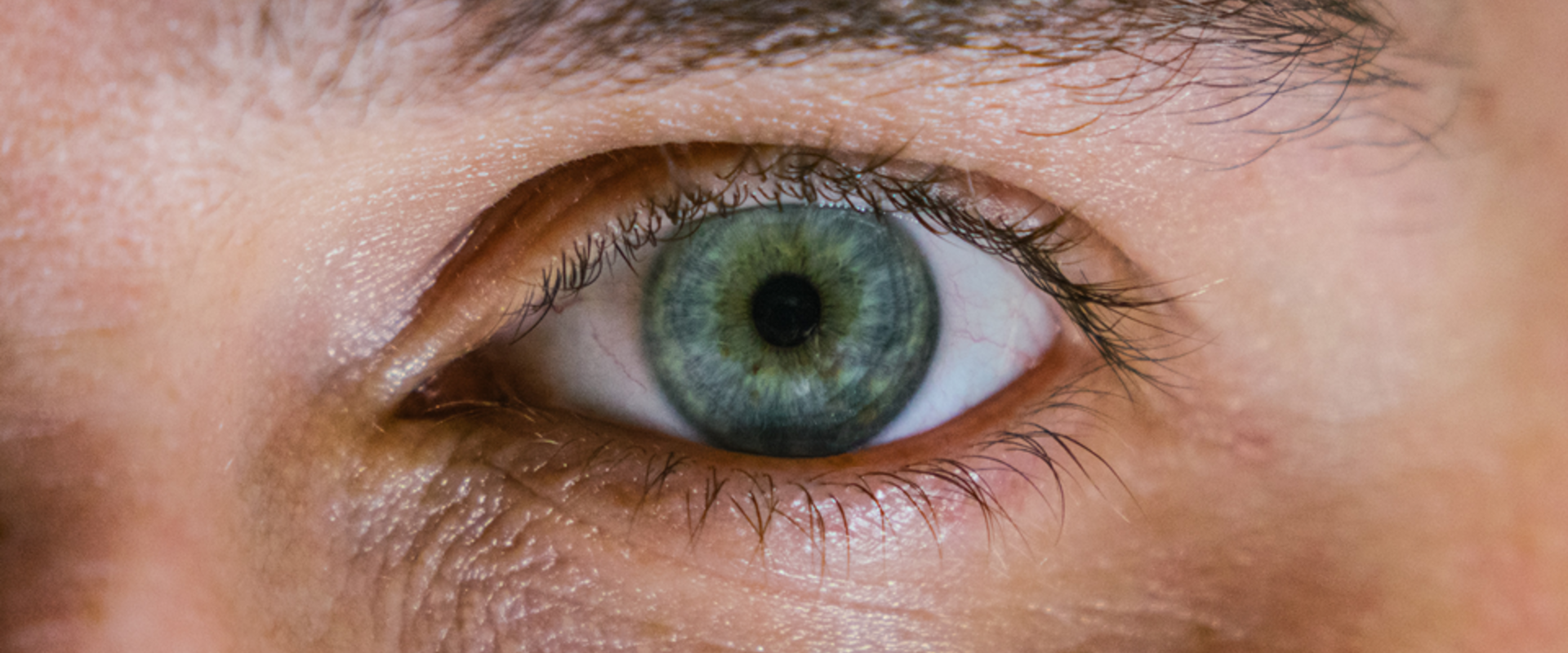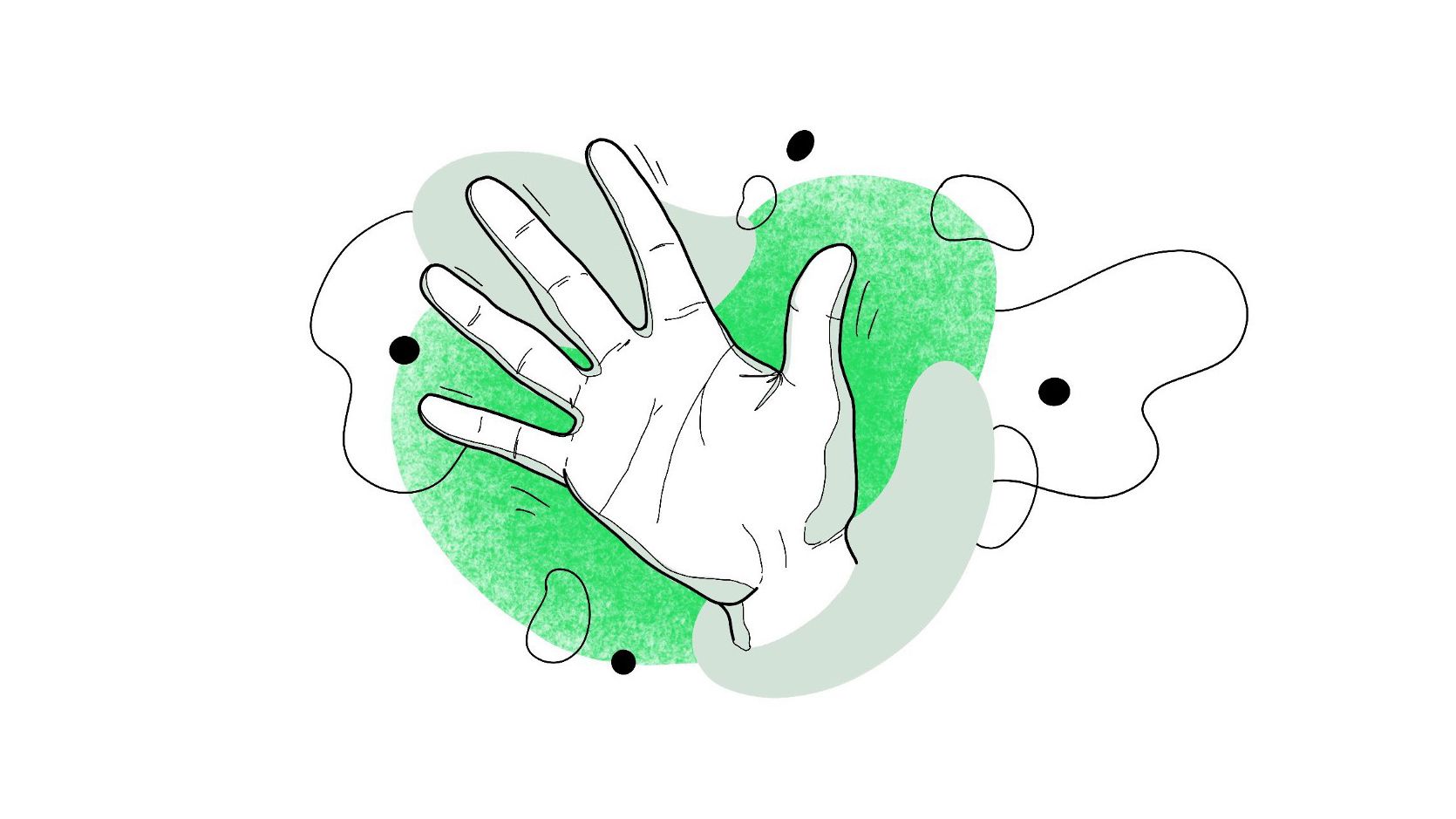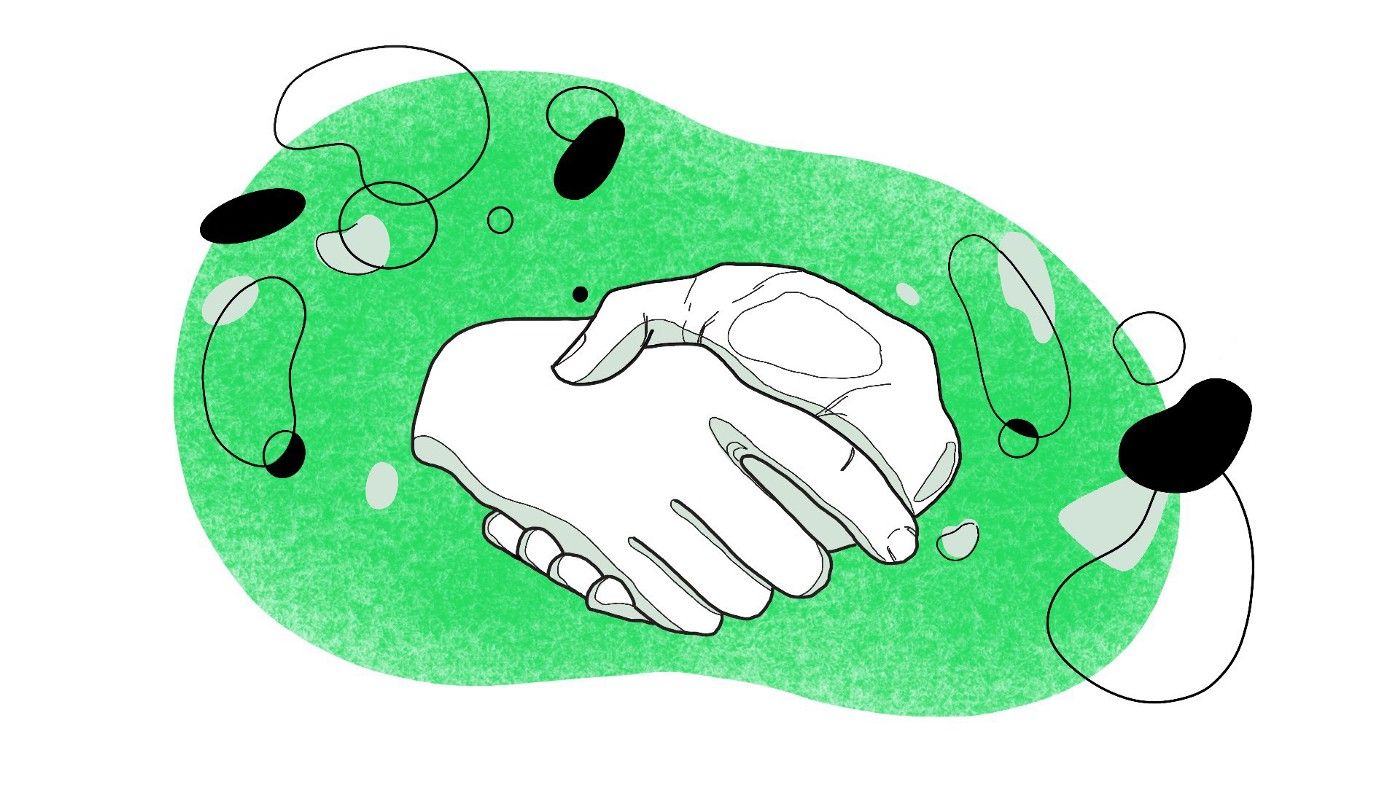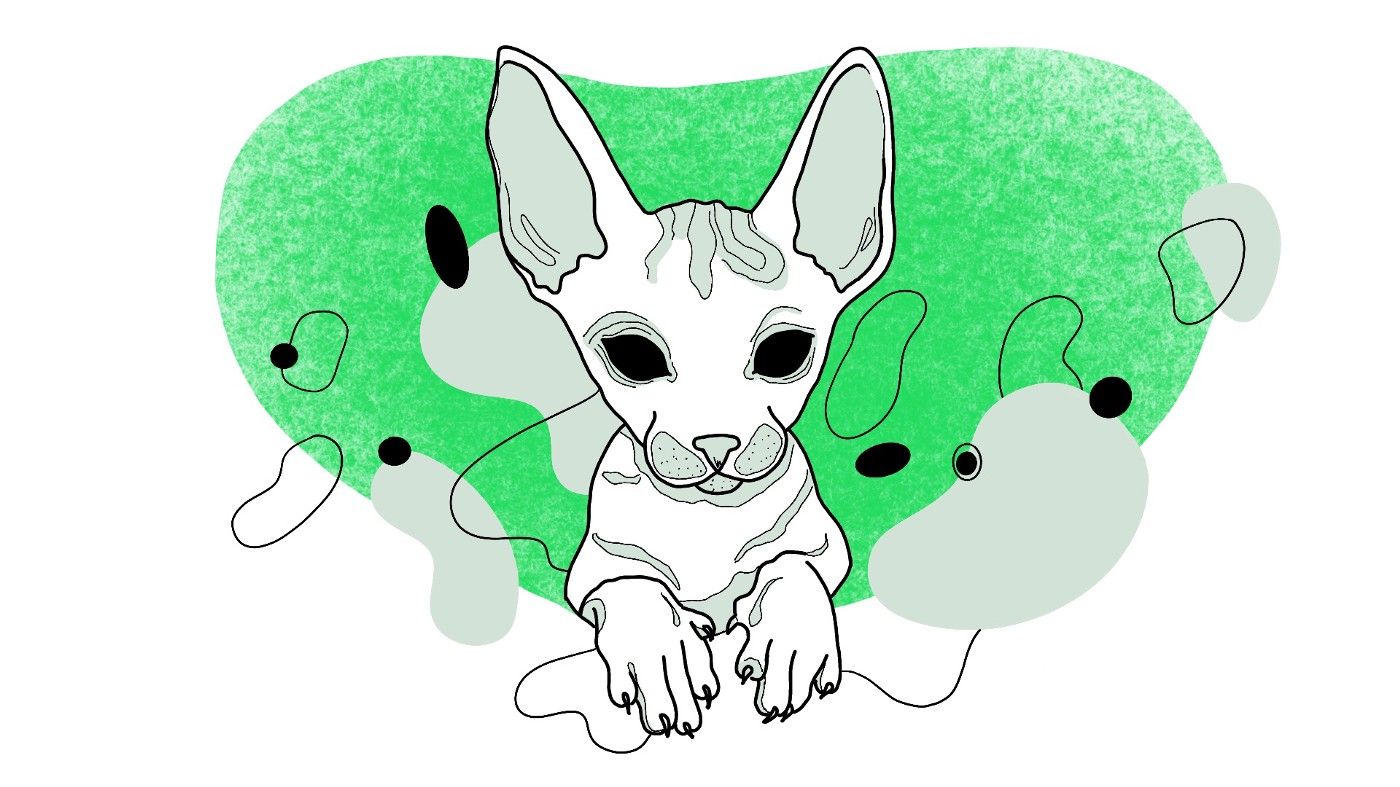Branding: what for?
Who would need that and why?

Who would need that and why?

2020
Nastya Volodchenkova, IDEST agency co-founder.
“Hi. I’m going to tell you a story.”
In my world, this exact phrase initiates bonding between a person and a brand.
Not the “buy me, pick me, I’m cool, cheap, literally the best, believe me” line. Nope. Someone called branding “a distance reducer”. Yes! Through stories.

When I purchased my first Macbook with a payment plan, I almost wished it sweet dreams nightly. It became part of my life, like something animate. Because now I was an actual designer (yeah, in my day an Apple laptop was only available to a select few). With you, darling, I was promised 1 more respect point, 3 more self-importance points and, of course, 5 design points, because with retina display I definitely won’t let anything to do with colors and tiny details in layouts slip.
And oh god, you come in this stunning white box with an apple, and a black cloth, and stickers (already then); rumor has it that your box also smells like apples, but even if that’s wrong, I love you anyway; the World and Big Design are right there, waiting for us. About the same emotions within me are evoked by my favorite Swatch, white classic Reeboks (should be Nike here, but not yet), obviously, my iPhone, and the list goes on. There’s a reason I mentioned my experience with Macbook and why I love it so much. Not because it cost more than I make. With it, I bought a story about a skilled designer who uses their Macbook like they do in the movies. While you may not believe this, my design got better, really.

Branding is a process. That’s one. A process of forming images, ideas, emotions and values inside the person’s mind. Two. It’s telling a story that, like an aura, surrounds a brand. Three. Once again: branding is creating stories that run through the person’s mind. Meanwhile, the story has to be told in the language of the peoples for whom the brand was conceived. Which means that the story should amaze its audience, not just be amazing. I adore the Beauty and the Beast tale, it’s my absolute favorite. Everything related to it intrigues me. Fits my personality type. And bizarre African myths, for example, terrify me. Why go far, Little Red Riding Hood is a no-no as well. Well, I just mean to say that Nike’s “anyone can be a hero” leitmotif is closer to me than Victoria’s Secret vibes and the whole “sexy chick in fine lace lingerie” thing. To each their own. The goal of branding is to build a relationship with me (or any person). This includes brand familiarity, me remembering the brand, appreciating its jokes and missing it when it’s not around. So, we better have something in common (to communicate with each other), but also a thing or two for interest and intrigue.
Another thought I had someday. Originally, branding implied marks put on the cattle or manufactured goods to indicate ownership. Meaning that it was a certain trace, print on the skin, clay, glass and more. Whereas now, a true brand reaches the very heart of its audience and leaves the mark there. It’s a very specific experience that touches the heart strings and makes something resonate within. I’ll be as honest as I can be here, advertising makes me cry on a regular basis. Yeah, of course I have apparent susceptibility to it. Take Chanel’s Mother’s Day summer campaign, the renowned perfume bottles drawn by kids — these got me (and I’m actually not even a mother). There was just something very familiar to mothers in those citylights. In our circles, it’s called an insight. A revelation on the surface. Experienced, understandable, maybe even sensitive, truly personal for a given group, however still unexpressed. Thanks to such insights, we can hope for lasting connections. Because branding signals: “hey, I get it, I know what bothers you and want to help, we’re in the same boat, I was made for you.” Mind this — you have to be aware of how someone leads their life and know exactly what to do to make it better. So, a good story begins with marketing. Before we proceed to branding, three key aspects must be considered:
The latter concerns the communication channels we plan to use as well as their workload. A website, for instance, would be adapted for trading purposes, social media would cover image, with outside advertising aimed at fun content and so forth — that’s a very basic way of putting it. To reach one’s heart, you must know who it is you pursue (1), know who else is following the same path (2), and choose your trajectory consciously (3).

Okay, Nastya, I get all this talk about my clients, rivals and action plan, what do I do next? That’s the most interesting part. Packaging, identity. That last scary word means “any external expression.” Identity is present in everyone and everything. Any object, product, event, animal or human has its own set of identifying characteristics. A chair differs from a giraffe and a giraffe from rain, because a chair doesn’t have a long neck, and the rain we mostly feel on our skin. Through the senses, humans figure the world out and distinguish one thing from another, pay attention and focus.
Identity can be verbal, visual, aromatic, audial and tactile. The most common types are verbal and visual. First, ideas are given form, identifying characteristics and hallmarks for them to bear no resemblance with others (branding), then they are introduced to the world (communication). I always make this point about a lady longing to meet somebody. For the sake of avoiding sexism, I’ll take a guy instead. Having your hair washed, your face shaved, a white shirt and a leather jacket on with your shoes polished doesn’t do it anymore. You’ve gotta leave your room and start talking. Otherwise, no one’s gonna find out about how awesome you are, right? At the same time, going out in your mom’s robe with a sign that literally says “I want sex” is doomed to failure. Although… Anyways, the one with their shirt on and their jokes thought-out has higher chances of success. Here, at last, we approach the “why” aspect. Here’s why.
Attention.

Branding is about drawing attention. That’s the most important part. Branding doesn’t sell. It makes you focus on the product, opening up the way to greater trade. The goal of branding is to send a powerful signal. A lighthouse of its sort. A color on the board, an image in the magazine, a sound on the radio, a large satirical title — all these are identity maneuvers. They attract the desired audience, shifting its focus to the brand. Then, it’s all about the technique. Strong sales skills and product quality. If the product, service, personality means nothing, branding has barely anything to do with it. A “selling” picture will hardly work for the second time. No one will respond again to something that they disliked initially. Or there might as well be a miracle. So before you put loads of money into your logo, stationery and Instagram profile, make sure your product’s decent and you’re ready to take the fall for it.
Integrity
In the process of branding, developing a brand platform plays a crucial role. We’ll discuss this aspect in greater detail in a separate article since it’s really the peak of our efforts, a particularly meaningful moment. In the course of our work, we ourselves have compiled a list of top 10 factors that help a brand steer clear of ambiguity. Like when the brand’s external expression is completely shaken up, the identity’s character switches three times a day, the customer is totally confused and doesn’t know what to expect from you tomorrow. Really scary. This occurrence is a common issue in cases where a firm foundation is absent: what the brand is about, what values it promotes, what’s its biggest advantage, how its voice sounds and what its inner personality looks like. What do you need that for? Image integrity. Which means predictability, in all the best ways. Consumers feel confident in a brand because they can clearly imagine its character and determine if it fits theirs in terms of similarity of beliefs. Otherwise, if today you advocate for ferret rescue and wear a fur coat tomorrow, or encourage femininity and then blow your nose on the go, or push for family values and then go for “fuck the system” and full anarchy the next day, then who’s going to belive you? Trust requires consistency — you adopt a position and stay with it.
Branding provides a unified feel and message that are manifested in brand communication. If we joke, we joke. In reality too, by the way. If we address customers with respect, do it both online and offline. If we’re serious folks and the company’s team wears ties at work, then it’s probably a bad idea to include anything vulgar in advertising just to draw attention. But then, if we go with madness all the way, flashes of crimson-colored hairless cats on the website are just fine. Consistency is a solid argument for trust.

Culture
Everyone’s got their own motivation for going to work. However, believe the humble experience of two 26-year-old girls who were able to gather 20 creatives in love with the office and truly happy with being part of the team: shared values inspire results significantly more than getting your paycheck twice a month (although paying people is essential, and as Masha says, they should be paid well). Our world still stands because there are things far more meaningful than money. It’s passion for work, determination to contribute to universal development, proper attitude towards those around you, sincerity, creation, and small feats for the sake of mankind. As we develop a brand platform, we single out the company’s mission, formulate and incorporate it in our further communication. For branding applies not only to the company’s clients or the target audience. Branding is also an ideological basis of the internal system. It’s a foundation for corporate culture. Branding gives answers as to why an employee chose this spot as their workplace. What is more, why that person would still choose the same company even if another promises higher pay. Because we are all alive and humane, not robotic. We want to feel proud of what we do, be comfortable mentally and have faith in our meaning here in this world, one that is more than just being a pawn in the system, a part used for profit. Allow me to reiterate: branding is a process of forming images, ideas, emotions and values inside the person’s mind. It’s not enough to just choose to do good while you’re there in your office. It has to somehow flow into your team’s minds. And you have to make sure it remains there. Find ways and forms to keep everyone fixated on the goodness. Thus, branding also teams up those with shared values and helps fill the company’s inner space with creative spirit. It fine-tunes the atmosphere’s resonance. And as we know, as within, so without. The employees themselves become the brand’s bearers, share its truths and inevitably embed them in their approach to work, and as a result — bring the company happiness. Because any company is its people in the first place. Our superhumans, for instance, know that doing something well is an attitude. That quality consists of timing, initiative and qualification. That we do our work wholeheartedly and thoughtfully, for dripping water hollows out stone: our small right actions lead to big, viable results on the market. In IDEST, we stick up for equitable communication and a win-win approach, where both the selling and the buying side thrive. We’re against pushing and such. It’s exactly this sincere faith in said ideas that allowed us to assemble a team of skilled specialists. For we share values, which are then continually expressed in our own branding. And it works. Oh, it does.
Emotions

I could go on and on about this, because emotions are my beloved topic for conversation. However, I’ll confine myself to a few points. For one thing, the very existence of emotions is crucial as options used to be scarce back in the day. Competition primarily existed owing to the content of the product, and consumer decision-making was rather rational. Now, there’s a wide variety of offers. Give or take, they’re about the same in terms of content. “The highest quality, the fastest, the most skilled” — that’s certainly not an argument. Accordingly, in our day one is more likely to favor whatever prompts a smile, apart from the offered standard set. So, you can absolutely do without all these cat stickers, ignore the pretty packaging and slogans that go to the very heart — there’s no problem with that. But in doing so, keep in mind that if not you, then someone else will surely think of it. Also spare no expense. And everybody loves cats. If you’ve got no cats, you lose. Secondly, humans are far more sentimental than they appear. Plus, they love themselves. So if you love them too, they’ll thank you publicly. I’m talking about those stories where a simple, personalized message on the packaging, nametag or envelope impresses someone so much that they’re ready to share the branded thing online without cause. Meaning that emotions are key to the relatedly cost-free advertising. Thirdly, emotions occasionally cost much more than the product itself. Sometimes, the only difference between a Caesar salad in a restaurant and in a cafe is that in the first case, you’re greeted by a well-dressed waiter, you wash your hands with branded soap that smells wonderful and wipe them with a disposable towel, and even use a fork with a compact version of the logo on its handle — and it’s all so aesthetically appealing; and if it’s raining, you’re given a branded umbrella to go. Such details clearly bring joy. And joy leads to health and longevity.
Basically, here’s what I’m trying to say: branding has everything to do with emotions, feelings, memories and experiences. Things being what they are, dismissing this makes no sense.
That’s all I have.